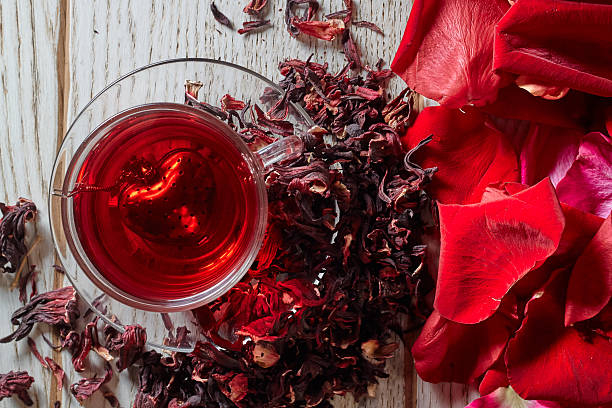Rich in antioxidants

Compounds known as antioxidants work to counteract the effects of free radicals. These are reactive chemicals that harm cells and induce oxidative stress, which is linked to a number of illnesses and early aging. Polyphenols are the primary sources of antioxidants in rose tea. Polyphenol-rich diets are considered to lower your chance of developing certain cancers, heart disease, and type 2 diabetes. They may also shield your brain from degenerative diseases. The phenol content and antioxidant activity of rose tea were found to be on par with or higher than those of green tea in a study of 12 rose cultivars.
Gallic acid is notably abundant in rose tea. It is known that this antioxidant, which makes up 10–55% of the tea's total phenol content, has anticancer, antibacterial, anti-inflammatory, and analgesic properties. Additionally, the tea has a high anthocyanin concentration, which makes up 10% of its overall phenol content. These are colorful pigments that have positive health effects on the eyes and urinary system, as well as better memory, healthy aging, and a reduced risk of several malignancies. Kaempferol and quercetin are additional phenols that help rose tea's antioxidant action. It's crucial to understand that not all of the antioxidants in rose petals can be extracted using hot water.









